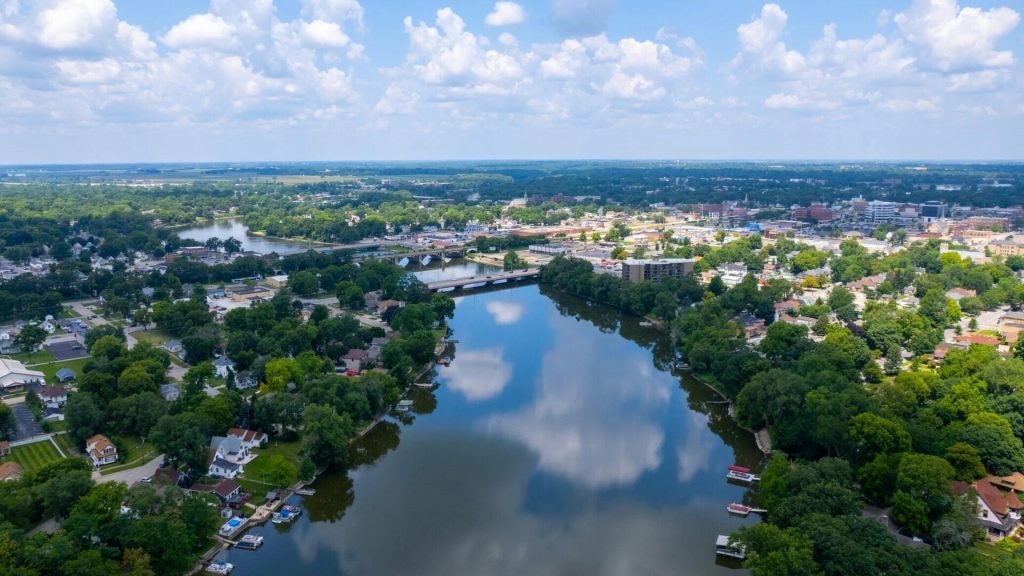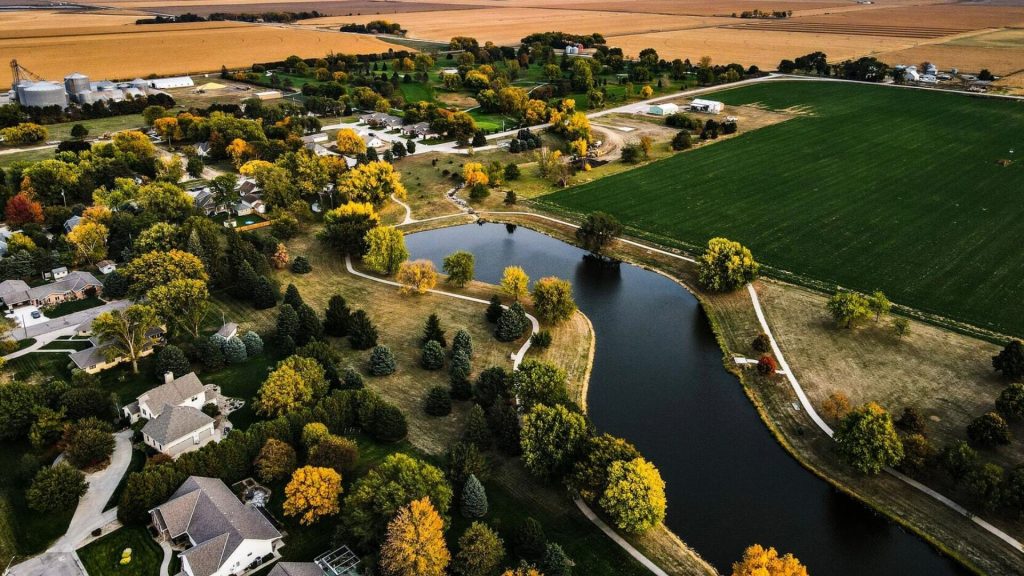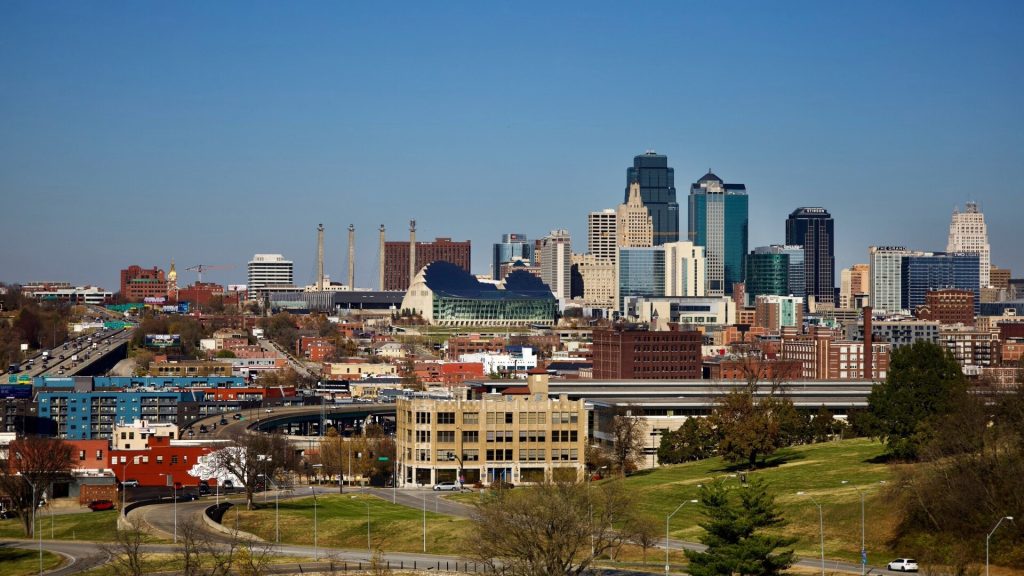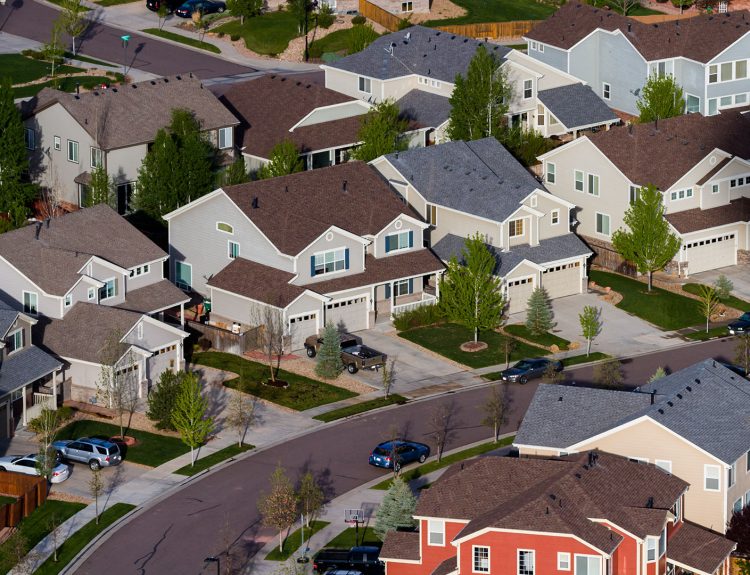The United States has no national property tax. Local governments impose property taxes, and tax rates can vary significantly between states. In certain states, homes can be cheap, property tax rates are less than half of 1%, and the average property tax payment is just a few hundred bucks per year.
However, in the most expensive states, rates soar over 2%, homes are pricey, and average annual property tax bills routinely creep up to as high as $10,000 per year. Using data from the Tax Foundation, a leading independent tax policy non-profit organization, as well as its State and Local Tax Burden Rankings report, GOBankingRates ranked the states with the highest property taxes in America.
New Jersey
New Jersey earns the top spot for the highest property taxes in 2022. The state has not only the highest effective property tax rate at 2.21% but also the highest average annual property tax paid at $10,409. The average home value in New Jersey is $470,981, contributing to the state’s high taxes.

Several factors have led to New Jersey’s substantial property tax rates. The state has a high cost of living, especially in suburban areas outside New York City and Philadelphia. New Jersey also ranks low in state funding for local governments and schools.
Illinois
Illinois has the second-highest average effective property tax rate in the nation at 2.05%. However, the state’s low average home value of $262,134 means annual property taxes in Illinois, on average, will not financially overburden most homeowners. The average Illinois homeowner pays $5,374 in property taxes each year.

Compared to other states, Illinois has a higher property tax rate but lower home values and lower median household income. The state relies heavily on property taxes to fund public services like education, public safety, infrastructure, and healthcare.
New Hampshire
New Hampshire has the highest property tax rate in the U.S. at an average of 1.96%. Its average home value of $443,793 is also the second most expensive on this list, resulting in annual property taxes of $8,698.

New Hampshire has no state income tax or state sales tax, so it relies heavily on property taxes to fund public services like education, transportation, and healthcare. Property taxes account for about 60-65% of New Hampshire’s tax revenue. The state’s high property taxes, combined with high home values, mean that homeowners pay a sizable amount each year.
Vermont
Vermont has the highest property taxes in the United States. According to several surveys and studies from organizations like WalletHub, SmartAsset, and Tax Foundation, Vermont’s average effective property tax rate is over 1.8% of a home’s value. This means the owner of a median-valued home in Vermont pays close to $7,000 per year in property taxes alone.

The median home value in Vermont is $224,000, lower than most other New England states. However, due to the high property tax rate, residents end up paying a significant amount in taxes. The property taxes in Vermont are higher than in surrounding states, partly because there is no state income tax or state sales tax.
Connecticut
In Connecticut, even though its average home value isn’t the highest on the list, with an average effective property tax rate of 1.76%, homeowners are paying substantial amounts for their annual property taxes.

According to statistics, Connecticut residents pay an average of $6,571 in property taxes each year. The state has some of the highest property taxes in the nation, in both percentage of home value and absolute amount. The taxes are imposed at the local level, with rates varying significantly between towns and cities.
Texas
Texas has some of the highest property taxes in the U.S., with homeowners paying over $5,000 annually on average. According to recent studies, Texas has an average effective property tax rate of 1.7%, resulting in $5,119 in taxes paid each year for a home valued at $308,392.

The state of Texas has no limits on property tax increases, allowing rates to rise substantially from year to year. The Texas legislature has considered property tax reform but has failed to pass any meaningful legislation to limit increases. Some homeowners have seen their property tax bills double or even triple over the past decade due to increasing home values and tax rates.
Wisconsin
Wisconsin has the 10th highest effective property tax rate in the U.S. at 1.63%. For the average home value of $266,908, this equates to $4,351 in annual property taxes. Wisconsin’s high property taxes fund important public services, but the financial burden can strain homeowners.

Property taxes in Wisconsin are calculated based on the assessed value of the property, which local assessors determine. Assessed values aim to reflect the property’s fair market value. Local governments and school districts set tax rates that vary in each municipality. The state average property tax rate is 1.63%, but rates are often higher in cities and towns compared to rural areas.
Nebraska
Nebraska’s high property taxes are due in large part to the state’s reliance on property taxes to fund K-12 education. In Nebraska, nearly 60% of K-12 education funding comes from property taxes. The average Nebraskan pays 1.61% of their home’s value in annual property taxes, well above the national average of 1.07%.

The median home value in Nebraska is $244,619 as of 2022. At an average tax rate of 1.61%, the average Nebraskan homeowner pays $3,938 per year in property taxes. Property taxes make up a sizable portion of the overall tax burden for Nebraskans.
Ohio
Ohio has the 15th highest property taxes in the U.S., according to several surveys and studies. The average effective property tax rate in Ohio is 1.58%, slightly higher than the national average of 1.15%. Ohioans pay an average of $3,362 in annual property taxes. While property taxes in Ohio are not the highest in the nation, they are still considered steep for many homeowners.

The property tax rates in Ohio vary in each county and city. Some of the highest property tax rates are found in suburban counties surrounding major cities like Columbus, Cleveland, and Cincinnati.
Iowa
Iowa has the sixth-highest effective property tax rate in the U.S. at 1.61%. However, Iowa’s average home value is lower than most other states, so residents pay less in actual property taxes. The average Iowa homeowner pays $2,960 annually in property taxes.

Property taxes in Iowa are assessed and collected at the county level. Rates vary in each of Iowa’s 99 counties based on local government funding needs. Some counties have rates below 1%, while others are over 2%. Property tax rates have steadily increased in Iowa over the past few decades to fund local government services like schools, infrastructure, and public safety.
Pennsylvania
Pennsylvania is one of the states with the highest property taxes in the U.S. According to recent studies, Pennsylvania’s average effective property tax rate is 1.49%, which is higher than the national average of 1.07%. The average home value in Pennsylvania is $265,724, and residents pay an average of $3,959 in annual property taxes.

Pennsylvania’s property taxes are relatively moderate compared to some of the other high-tax states on this list, but Pennsylvania does have a higher property tax rate. Property taxes in Pennsylvania are levied at both the local and state levels.
Rhode Island
Rhode Island has the highest property taxes in the United States. According to recent studies, Rhode Island’s average effective property tax rate is 1.64%, and residents pay an average of $7,739 in annual property taxes.

Rhode Island utilizes a property tax system based on a property’s assessed value. Local assessors perform property assessments in Rhode Island in each city and town. Rhode Island does not have a statewide property tax cap, so cities and towns are free to set tax rates as needed to fund municipal services and public schools.
Michigan
Michigan ranks among the top states for property taxes due in large part to its higher-than-average home values. According to recent surveys, the average effective property tax rate in Michigan is 1.38%. When combined with the median home value of $228,708, Michigan homeowners pay an average of $3,156 in annual property taxes.

While property taxes in Michigan are higher than average for the U.S., the state does provide certain exemptions and tax relief for residents. Ongoing discussions around lowering rates must be balanced with the need to adequately fund government operations.
New York
New York ties with Michigan for states with the highest property taxes, though New York’s are $1,966 higher, at an average of $7,078 annually. The average home value in New York is $370,445, substantially higher than the national average, but residents still pay a relatively low effective property tax rate of 1.38%.

The high cost of living in New York, especially in New York City, contributes to the state’s high property taxes. Expenses like housing, healthcare, and transportation in New York are well above national averages. To fund public services and infrastructure, the state depends heavily on property tax revenue.
Kansas
Kansas is known for its low costs of living, but property taxes in the state are higher than average. According to recent studies, Kansas has the 7th highest effective property tax rate in the U.S. at 1.32%. The 2022 median home value in Kansas is $210,447, resulting in an average annual property tax bill of $2,778 for homeowners.

Property taxes in Kansas are assessed at the county level. Counties set tax rates based on the budgets of municipalities, school districts, and other taxing entities within the county. The state average effective tax rate masks significant variation between counties.






